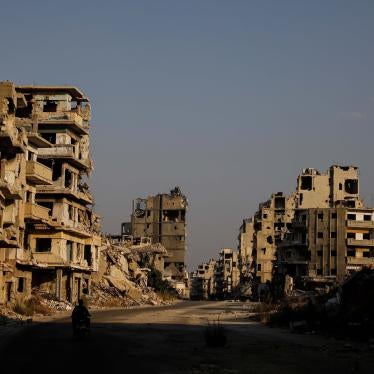Secretary of State Rex Tillerson said this week the United States "will work to establish interim zones of stability [in Syria], through ceasefires, to allow refugees to return home." Although the Pentagon said that, as yet, it has no plan to implement such zones in Syria, Tillerson’s comment does advance President Donald Trump’s repeated statements that “what I want to do is build safe zones in Syria and other places so they can stay there.”
But Tillerson’s interim zones of stability implies something short-term that falls short of Trump’s “big beautiful safe zone.” Tillerson’s reference to these zones coming about “through ceasefires” also suggests all parties to the Syrian conflict would first agree to demilitarized areas. Given the short duration of Syria’s ceasefires to date, as well as the unpredictability of parties to the Syrian conflict, it is hard to see how Tillerson’s formulation means anything at all.
Nice sounding words and half-measures could have disastrous consequences for civilians in Syria if the US government is not prepared to do what it would take to make such a zone truly safe.
Both Trump and Tillerson said that the reason for establishing such zones in Syria would be so refugees “can stay there” (Trump) or “return home” (Tillerson). And herein lies the danger. Failed safe areas like Srebrenica, have shown that when the rhetoric of civilian protection is only a pretext for refugee containment—or to mask other geopolitical objectives—the result will not be stability or safety, but rather chaos and danger.













